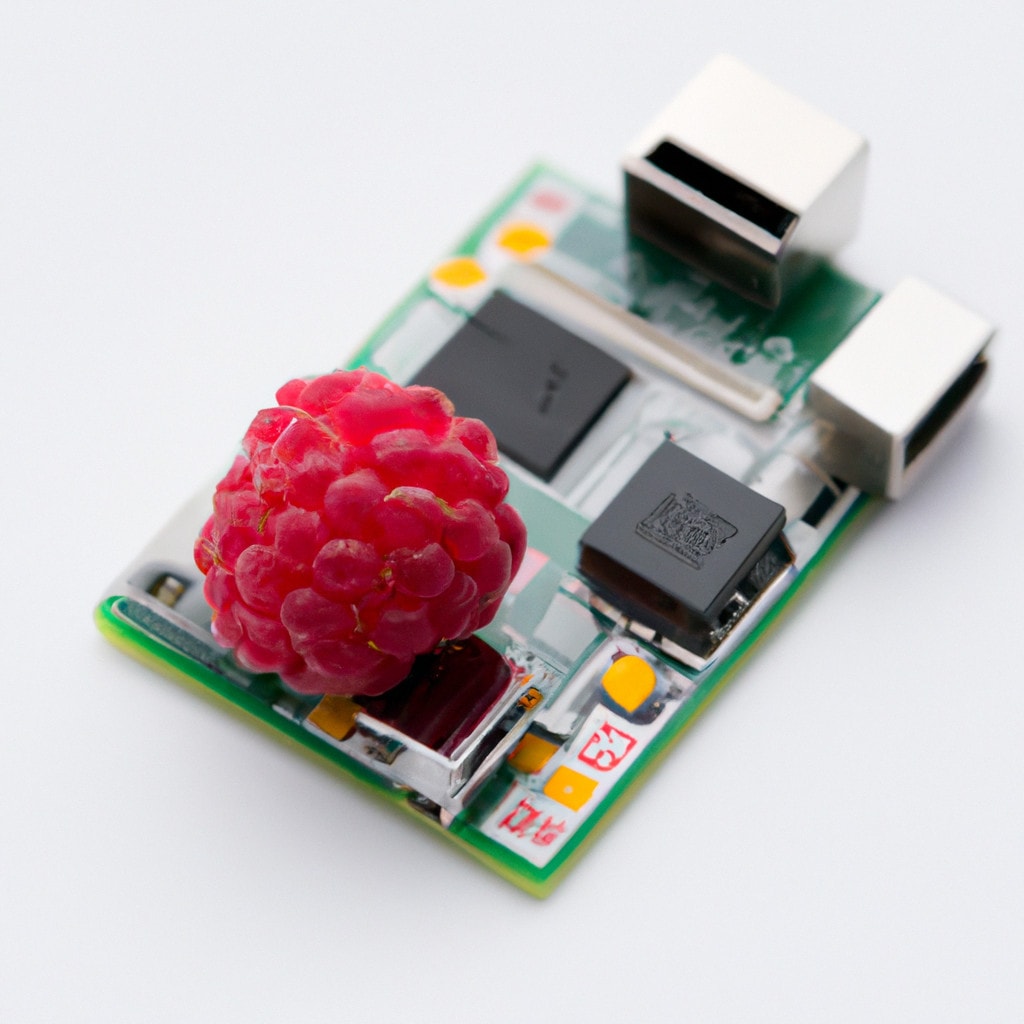Mastering SSH RemoteIoT On Raspberry Pi: The Ultimate Guide
SSH RemoteIoT on Raspberry Pi has become a crucial skill for anyone interested in IoT development and remote system management. Whether you're a beginner or an experienced developer, understanding how to configure and secure your Raspberry Pi for remote access is essential. This article will guide you step-by-step through the process, ensuring you're equipped with the knowledge to manage your IoT projects effectively.
As technology continues to evolve, the Internet of Things (IoT) plays a vital role in connecting devices and automating processes. One of the most popular platforms for IoT projects is the Raspberry Pi, a versatile and affordable single-board computer. However, to maximize its potential, remote access capabilities are necessary. This is where SSH RemoteIoT comes into play.
In this comprehensive guide, we'll explore everything you need to know about SSH RemoteIoT on Raspberry Pi, including setup, configuration, security best practices, and troubleshooting tips. By the end of this article, you'll have the expertise to manage your Raspberry Pi projects remotely with confidence.
Read also:Discover The Enchanting Bonnet House Museum Gardens
Table of Contents:
- Introduction to SSH RemoteIoT on Raspberry Pi
- Raspberry Pi Overview
- Understanding SSH Basics
- Step-by-Step SSH Setup Guide
- Securing Your SSH Connection
- Integrating RemoteIoT with Raspberry Pi
- Common Issues and Troubleshooting
- Optimizing SSH Performance
- Best Practices for SSH RemoteIoT
- Future Trends in IoT and Remote Access
Introduction to SSH RemoteIoT on Raspberry Pi
SSH RemoteIoT on Raspberry Pi allows users to access and manage their devices remotely over a network or the internet. Secure Shell (SSH) is a cryptographic network protocol that provides secure communication between two untrusted hosts. By leveraging SSH, Raspberry Pi users can execute commands, transfer files, and manage IoT projects without being physically present.
Why Use SSH for IoT Projects?
SSH offers several advantages for IoT projects:
- Secure communication through encryption
- Remote command execution
- File transfer capabilities
- Compatibility with various operating systems
Raspberry Pi Overview
Raspberry Pi is a low-cost, credit-card-sized computer that has gained immense popularity among hobbyists, educators, and developers. It supports a wide range of operating systems, including Raspbian, Ubuntu, and others, making it a versatile platform for IoT applications.
Key Features of Raspberry Pi
- Single-board computer with GPIO pins
- Supports multiple programming languages
- Capable of running Linux-based operating systems
- Compact and energy-efficient design
Understanding SSH Basics
Secure Shell (SSH) is a protocol designed for secure data communication over unsecured networks. It ensures that data transmitted between devices is encrypted, preventing unauthorized access. Understanding SSH basics is essential for configuring remote access on Raspberry Pi.
Components of SSH
- SSH Client: The software used to initiate a connection
- SSH Server: The software running on the target device to accept connections
- Public-Key Cryptography: A method for securing communication using key pairs
Step-by-Step SSH Setup Guide
Setting up SSH on Raspberry Pi is a straightforward process. Follow these steps to enable SSH and connect to your device:
Read also:Are The Derricos Divorced Exploring The Truth Behind Their Relationship
Enabling SSH on Raspberry Pi
- Insert the microSD card with the operating system into your Raspberry Pi.
- Power on the Raspberry Pi and log in.
- Open the terminal and type
sudo raspi-config. - Navigate to "Interfacing Options" and select "SSH".
- Choose "Enable" and reboot the device.
Securing Your SSH Connection
Security is paramount when dealing with remote access. Implementing best practices ensures that your SSH RemoteIoT setup remains protected from unauthorized access.
Best Security Practices
- Use strong, unique passwords
- Enable two-factor authentication (2FA)
- Disable root login
- Change the default SSH port
Integrating RemoteIoT with Raspberry Pi
RemoteIoT applications enhance the functionality of Raspberry Pi by enabling real-time monitoring and control of IoT devices. Integrating these applications requires careful planning and configuration.
Steps to Integrate RemoteIoT
- Install necessary software packages on Raspberry Pi.
- Configure network settings for remote access.
- Set up data collection and monitoring tools.
- Test the integration to ensure proper functionality.
Common Issues and Troubleshooting
Even with careful setup, issues may arise when configuring SSH RemoteIoT on Raspberry Pi. Here are some common problems and their solutions:
Troubleshooting Tips
- Check network connectivity
- Verify SSH service status
- Ensure firewall rules allow SSH traffic
- Review configuration files for errors
Optimizing SSH Performance
Optimizing SSH performance can improve the efficiency of your remote access sessions. Consider the following tips:
Performance Optimization Techniques
- Use compression to reduce data transfer size
- Limit the number of concurrent connections
- Implement connection keep-alive settings
Best Practices for SSH RemoteIoT
Adopting best practices ensures a seamless experience when using SSH RemoteIoT on Raspberry Pi. Here are some recommendations:
Key Best Practices
- Regularly update the operating system and software
- Backup important data and configurations
- Document setup and configuration steps
Future Trends in IoT and Remote Access
The future of IoT and remote access is promising, with advancements in technology driving innovation. Trends such as edge computing, 5G connectivity, and AI integration will shape the landscape of SSH RemoteIoT on Raspberry Pi.
Emerging Technologies
- Edge computing for decentralized processing
- Enhanced security protocols
- Integration with cloud platforms
Conclusion
In conclusion, mastering SSH RemoteIoT on Raspberry Pi opens up endless possibilities for IoT projects and remote system management. By following the steps outlined in this guide, you can configure, secure, and optimize your Raspberry Pi for remote access. Remember to adhere to best practices and stay updated with the latest trends in IoT technology.
We encourage you to share your thoughts and experiences in the comments section below. Additionally, explore our other articles for more insights into Raspberry Pi and IoT development. Together, let's build a smarter, connected future!
Article Recommendations


